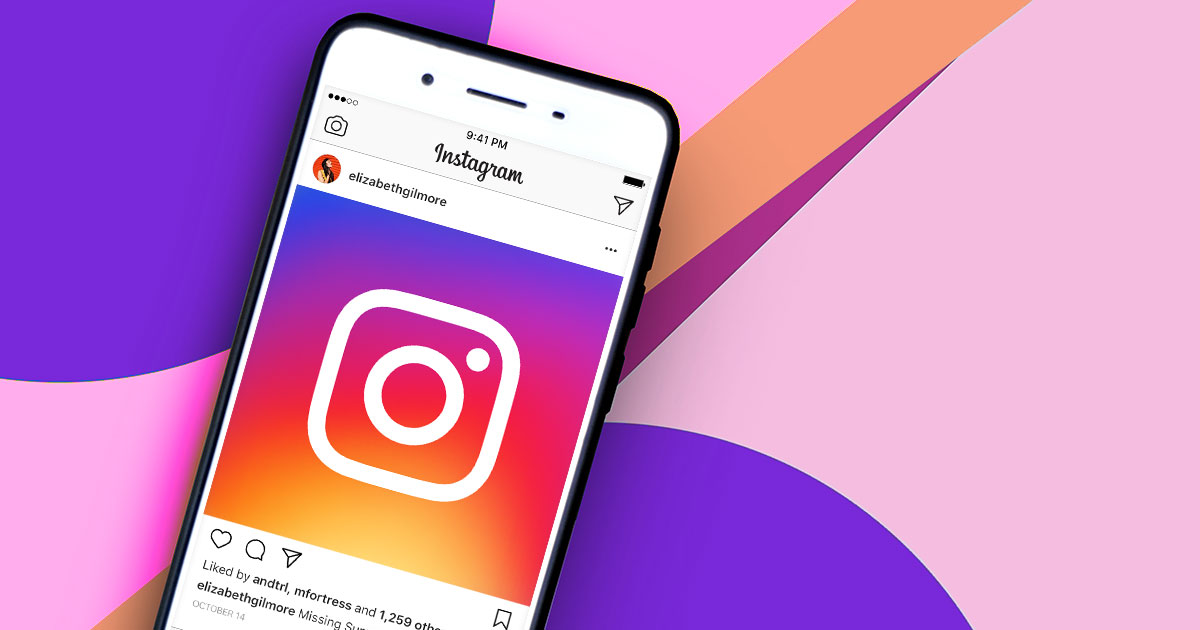 Business Analysts are vital in assisting organisations in reaching their objectives and goals through strategic planning or process improvement. Expert business analysts are in high demand, so it’s crucial for anyone wishing to make a career to be familiarised with the types of business analysis.
Business Analysts are vital in assisting organisations in reaching their objectives and goals through strategic planning or process improvement. Expert business analysts are in high demand, so it’s crucial for anyone wishing to make a career to be familiarised with the types of business analysis.
This blog will discuss Various business analysis types, emphasising their characteristics, uses, and illustrative cases. Whether pursuing Business Analysis Certification or seeking to enhance your skills with Business Analysis Examples, understanding the diverse landscape of business analysis can empower you to deliver value and drive success in your organisation.
Table Of Contents
- Strategic Analysis
- Requirements Analysis
- Process Analysis
- Data Analysis
- Stakeholder Analysis
- Feasibility Analysis
- Impact Analysis
- Conclusion
Strategic Analysis
Finding growth and competitive advantage opportunities while coordinating company goals with organisational strategy are the primary goals of strategic analysis. Business analysts in strategic analysis evaluate internal capabilities, competitor strategies, and market trends to inform strategic decision-making. Market research, scenario planning, and SWOT (Strengths, Weaknesses, Opportunities, and Threats) analysis are all forms of strategic analysis. Strategic analysis helps organisations make better decisions and seize new opportunities by revealing their internal capabilities and the external environment.
Requirements Analysis
Eliciting, documenting, and validating business requirements to guide solution development is what requirements analysis is all about. It’s a fundamental part of business analysis. To create clear and practical requirements, business analysts work with stakeholders to determine their wants, needs, and limitations. Methods such as prototyping, workshops, surveys, and interviews are all part of requirements analysis. Organisations should perform comprehensive requirements analyses to ensure that solutions meet stakeholders’ needs and provide the expected value to the company.
Process Analysis
Improving efficiency, effectiveness, and customer satisfaction can be achieved through process analysis, which aims to understand and improve business processes. Process analysis is a method by which business analysts examine current workflows to find inefficiencies and challenges and then propose solutions to these problems. Root cause analysis, process mapping, and value stream mapping are all examples of methods used in process analysis. A company can save money, work faster, and provide better consumer results if it streamlines its operations and eliminates waste.
Data Analysis
Data analysis is examining and making sense of data to draw conclusions and guide choices. Business analysts employ various statistical and analytical tools to discover patterns, correlations, and trends in data. Data visualisation, correlation analysis, and regression analysis are a few techniques. Data can help organisations make better decisions, boost performance, and differentiate themselves in the market.
Stakeholder Analysis
The focus of stakeholder analysis is understanding the interests, expectations, and influence of all parties involved in a project or initiative. Business analysts perform stakeholder analysis to find the most important people to involve, find out what they want and need, and figure out how to keep their relationships with them healthy. Methods like surveys, interviews, and stakeholder mapping are all part of stakeholder analysis. Building consensus, reducing resistance to change, and increasing project success rates are all possible when stakeholders are actively involved, and their concerns are addressed.
Feasibility Analysis
The feasibility analysis assesses the viability and potential impact of proposed solutions or initiatives before implementation. Business analysts perform feasibility analyses by assessing technical, financial, operational, and organisational aspects to ascertain if a solution is workable and worthwhile. All feasibility studies are return on investment (ROI), cost-benefit analyses, and risk assessments. An organisation’s ability to allocate resources and set investment priorities is directly correlated to the thoroughness of its feasibility studies.
Impact Analysis
The main goal of impact analysis is to examine how different parts of an organisation could be affected by new policies or programmes. As a first step in developing plans to lessen the adverse effects of planned changes, business analysts perform impact analyses to catalogue the changes’ interdependencies, possible hazards, and downstream effects. Risk assessments, change impact assessments, and scenario analyses are all forms of impact analysis. Organisations can optimise results, reduce disruption, and guarantee the successful implementation of change initiatives by anticipating and addressing potential impacts.
Conclusion
A wide variety of endeavours within the purview of business analysis have the advancement and improvement of organisations as their goal. Business analysts are indispensable in assisting organisations with various tasks, including strategic planning and process improvement, by spotting opportunities, outlining solutions, and facilitating change. To tackle complex business problems and propel innovation in their companies, professionals need to be knowledgeable in the many forms of business analysis. These forms include impact, strategy, requirements, process, data, stakeholders, and feasibility. Whether you’re already certified or just starting, diving headfirst into the varied world of business analysis will equip you to make a difference and propel your company forward.








